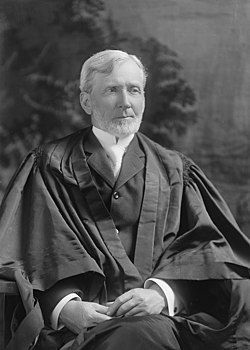Codification
In the early history of the United States, the federal government lacked a formal codification of its laws. Instead, lawyers relied on the Library of Congress, which publishes a new volume of United States Statutes at Large at the end of each two-year session of Congress to compile all newly passed acts and resolutions. However, searching through the Statutes at Large is cumbersome because its contents are organized by their date of passage, rather than topic area. [1]
In 1874, Congress published the Revised Statutes of the United States , codifying all federal law as of December 1873. However, beyond an update in 1878 to include revisions as of March 1877, the Revised Statutes failed to capture new updates in federal law. [1]
Until the 1926 approval of the United States Code, which maintains an up-to-date codification of federal law, Congress instead enacted topic-specific codifications like the Criminal Code of 1909 and the Judicial Code of 1911. As a result, many judges and lawyers would rely on the West Publishing Company's Compiled Statutes of the United States , a privately prepared codification of all federal law published in 1901 and re-published in 1913. [1]
District Court
On May 5, 1911, the defendant used his position as President of the Southern Hardware Supply Company in Mobile County, Alabama, to defraud the New York City-based firm Hollingshead and Campbell. Young used the United States mail to send false statements that overstated his company's assets, successfully convincing Hollingshead and Campbell to persuade other companies into offering loans to the Southern Hardware Supply Company. [2]
When considered by the US District Court for the Southern District of Alabama, the federal indictments against Young were deemed insufficient for not directly alleging that the fraudulent mailed statements were shown to the defrauded parties. [2]

